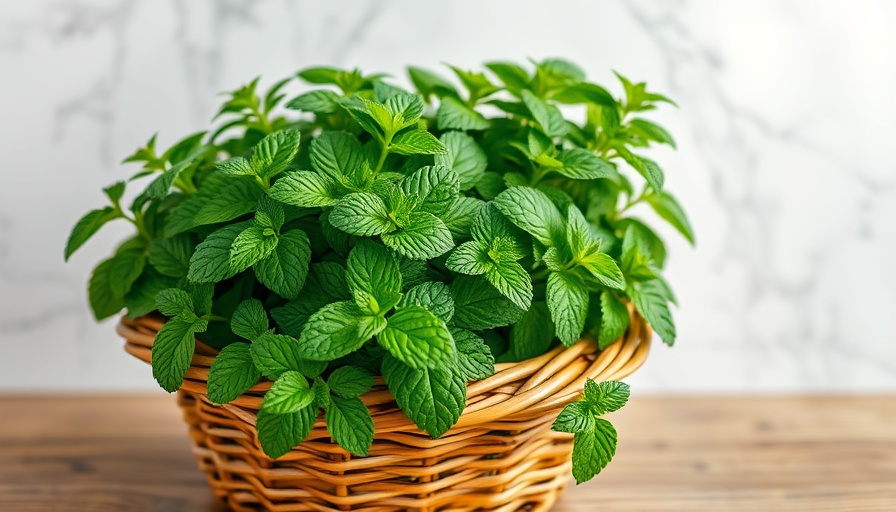
Transform Your Summer with Mojito Mint Popsicles
With the sultry summer heat upon us, what better way to cool off than with a refreshing treat infused with the enchanting flavor of mojito mint? These homemade mojito mint popsicles combine fresh mint, zesty lemon, and a drizzle of honey for a sweet yet healthy delight that’s perfect for both kids and adults.
The Basics of Growing Mojito Mint
The mojito mint, known scientifically as Mentha x villosa, boasts a unique sweetness that makes it an exceptional choice for culinary creations. Initially hailing from Cuba, this mint variety is perfect for growing in USDA zones 5 through 9, bringing a touch of the tropics to your garden.
Growing mojito mint requires simple care: it thrives in sunlight but can tolerate shade, making it adaptable for various garden settings. It flourishes in containers, comfortably spreading its aromatic leaves while warding off weeds and invasive growth.
Why Mojito Mint Popsicles Are a Must-Try
These popsicles not only provide refreshment, but also a delightful way to highlight the incredible use of garden herbs. The distinctive flavor of mojito mint pairs beautifully with the tartness of freshly squeezed lemon juice, creating a treat that is both tantalizing and easy to make.
As you prepare these popsicles, consider the joy of crafting healthy snacks that also evoke nostalgia for sunny days and carefree moments at the poolside or beach.
How to Make Your Own Mojito Mint Popsicles
Making these popsicles is a straightforward process that begins with fresh mojito mint leaves. Steep them in hot water for at least two hours to extract their vibrant flavors. Next, combine the infused water with fresh lemon juice and honey to taste. Pour the mixture into molds, pop them into the freezer, and allow the magic to happen.
Broaden Your Herb Garden Knowledge
As you dive into the world of mojito mint, consider exploring other herbs that can be transformed into popsicles or used in refreshing beverages. Lavender, lemon balm, or even pineapple sage can add unique flavors that vibrantly complement your summer recipes.
Creating herbal popsicles opens doors to creativity in your kitchen and serves as an excellent way to involve children in cooking, teaching them about gardening, healthy eating, and culinary skills in a fun way.
Future Trends: Sustainability in Our Gardens
The trend toward organic gardening and sustainable practices is growing exponentially. As more individuals recognize the benefits of fresh herbs and vegetables, incorporating plants like mojito mint can be a part of a larger movement toward sustainable living. From composting to reducing pesticide use, there are endless gardening projects that can accentuate the importance of organic practices.
Common Misconceptions About Mint
While many assume that breeding different varieties of mint is complicated, growing different types can actually be easy and rewarding. For instance, mojito mint can coexist harmoniously alongside other herbs, creating a vibrant and productive herb garden. However, it's essential to manage its growth to prevent it from overtaking other plants.
Mojito mint popsicles are more than just a cool treat; they're a celebration of the joys of summer, the pleasures of gardening, and the creativity that flows from cooking. Incorporating this mint into your garden can transform more than just your recipes—it's an opportunity to engage in vibrant, sustainable living.
Take Action: Start Your Own Herb Garden Today!
Ready to elevate your summers with the delightful flavor of mojito mint popsicles? Consider starting your own herb garden today! It’s a rewarding project that offers an abundance of flavors right at your fingertips. With basic plants like mojito mint, you’ll not only create delicious snacks but also foster a greener and healthier lifestyle for yourself and your loved ones.
 Add Row
Add Row  Add
Add 




Write A Comment